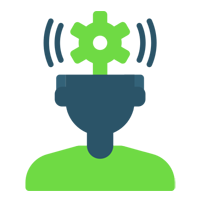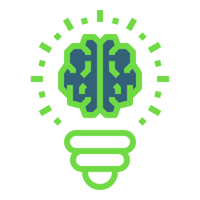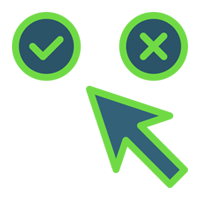Volume and Surface Area Questions
FACTS AND FORMULAE FOR VOLUME AND SURFACE AREA QUESTIONS
I. CUBOID
Let length=l, breadth =b and height =h units. Then,
1. Volume = (l x b x h)
2. Surface area = 2(lb +bh + lh) sq.units
3. Diagonal = units
II. CUBE
Let each edge of a cube be of length a. Then,
1. Volume = cubic units.
2. Surface area = sq.units
3. Diagonal = units
III. CYLINDER
Let radius of base = r and Height (or Length) = h. Then,
1.Volume = cubic units
2. Curved surface area = sq.units
3. Total surface area = sq.units
IV. CONE
Let radius of base =r and Height = h. Then,
1. Slant height, units
2. Volume = cubic units.
3. Curved surface area = sq.units
4. Total surface area = sq.units
V. SPHERE
Let the radius of the sphere be r. Then,
1. Volume = cubic units
2. Surface area = sq.units
VI. HEMISPHERE
Let the radius of a hemisphere be r. Then,
1. Volume = cubic units.
2. Curved surface area = sq.units
3. Total surface area = sq.units

 Aptitude and Reasoning
Aptitude and Reasoning General Knowledge
General Knowledge Puzzles
Puzzles Interviews
Interviews Technical
Technical Certifications
Certifications Exams
Exams Job
Roles
Job
Roles True or False
True or False Exams
Exams